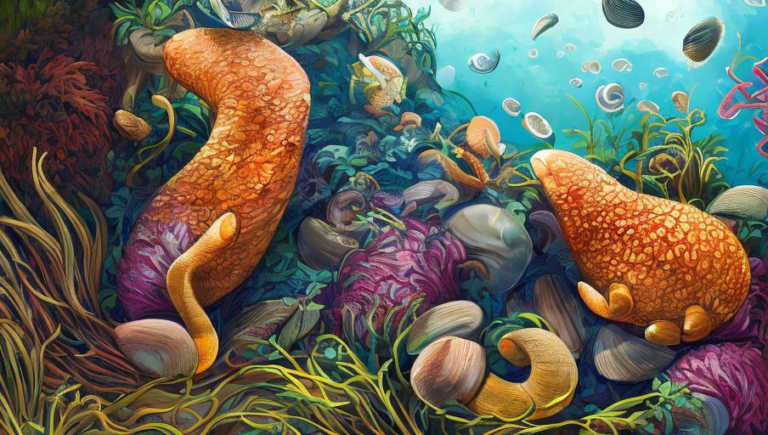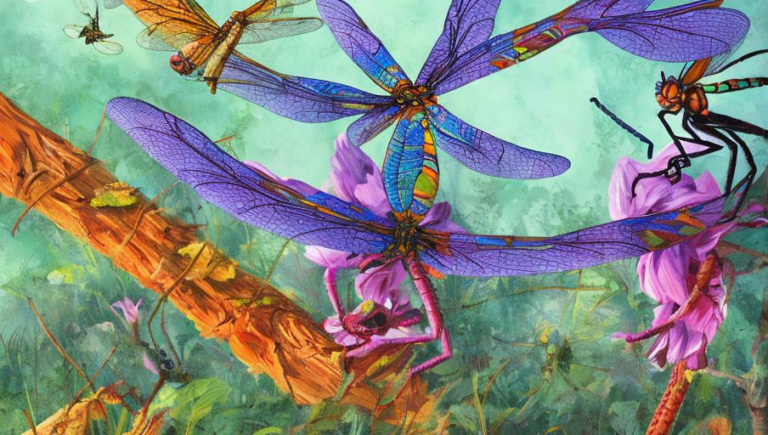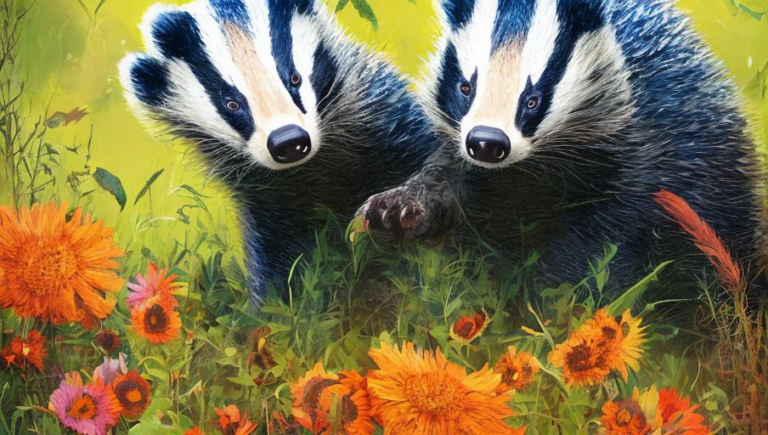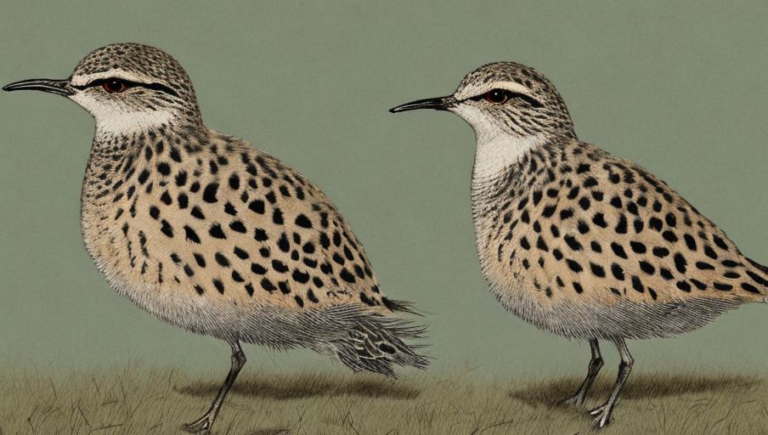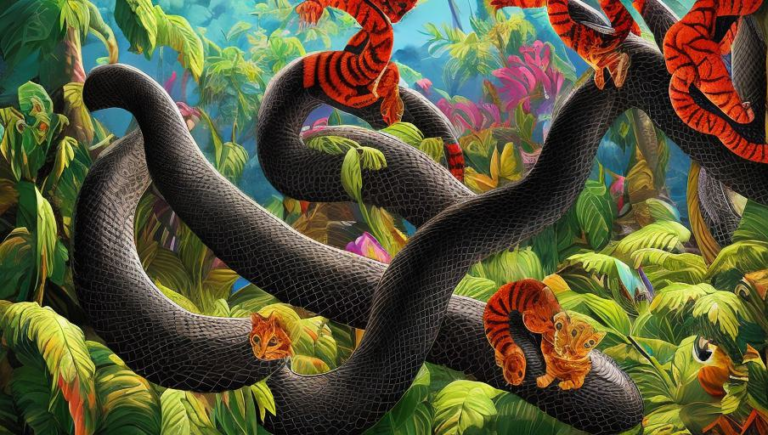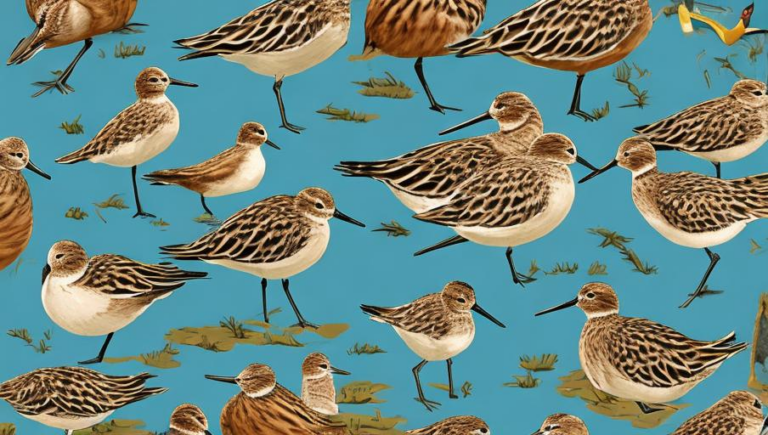Investigating the Future of Camels
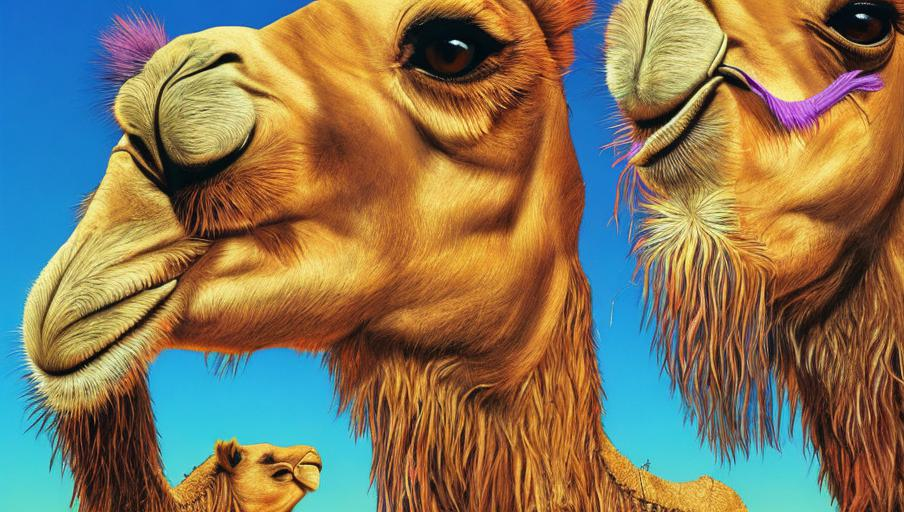
Introduction
The camel is a unique and versatile creature, both physically and in its adaptation to a variety of environments. The camel is a large mammal, adapted to long-distance travel, and is capable of surviving in extremely harsh conditions such as desert climates. It is also celebrated for its hardy nature and useful products, such as milk, wool, and leather.
Types of Camels
There are two primary species of camel: the Arabian camel, or dromedary, which has one hump, and the Bactrian camel, which has two humps. The dromedary is considered the faster of the two, and is found in the Middle East and North Africa. The Bactrian is found mainly in Central Asia and Mongolia. Both species are endangered, and their population is decreasing.
Adaptations
Camels have a number of adaptations that enable them to survive in extreme environments. They have thick fur that helps insulate them against the cold, and their wide, flat feet help them stay on the ground in soft sand or mud. Camels also have a long neck and leathery lips, which allow them to eat thorny plants that other animals cannot. They also have the ability to go without water for a long period of time and can store fat in their humps, which is used as a source of energy when food is scarce.
Uses of Camels
Camels have been used by humans for centuries. They can be used for transport, carrying goods and people, and for herding livestock. They are also used for the production of milk, wool, and leather, which can be used for a variety of purposes. Camels are also used for racing, and are popular attractions at festivals and other events.
Threats to Camels
The main threats to camels are habitat loss, degradation, and human-wildlife conflict. As human populations increase and land is developed, habitats become more fragmented and resources become scarcer. Human-wildlife conflict also often arises when camels come into contact with livestock and humans, leading to the killing of the animals.
Conservation Efforts
Various efforts have been taken to conserve and protect camels, such as the creation of protected areas and the implementation of management plans. Additionally, breeding programs have been established to increase the populations of camels. Finally, education and awareness campaigns have been created to help people understand the importance of conserving camels and their habitats.
Conclusion
The camel is an iconic animal, and its future is uncertain. Conservation efforts are in place to protect and conserve these animals, but more needs to be done in order to ensure their long-term survival. With increased awareness and education, people can help protect these amazing creatures and ensure their future for generations to come.
